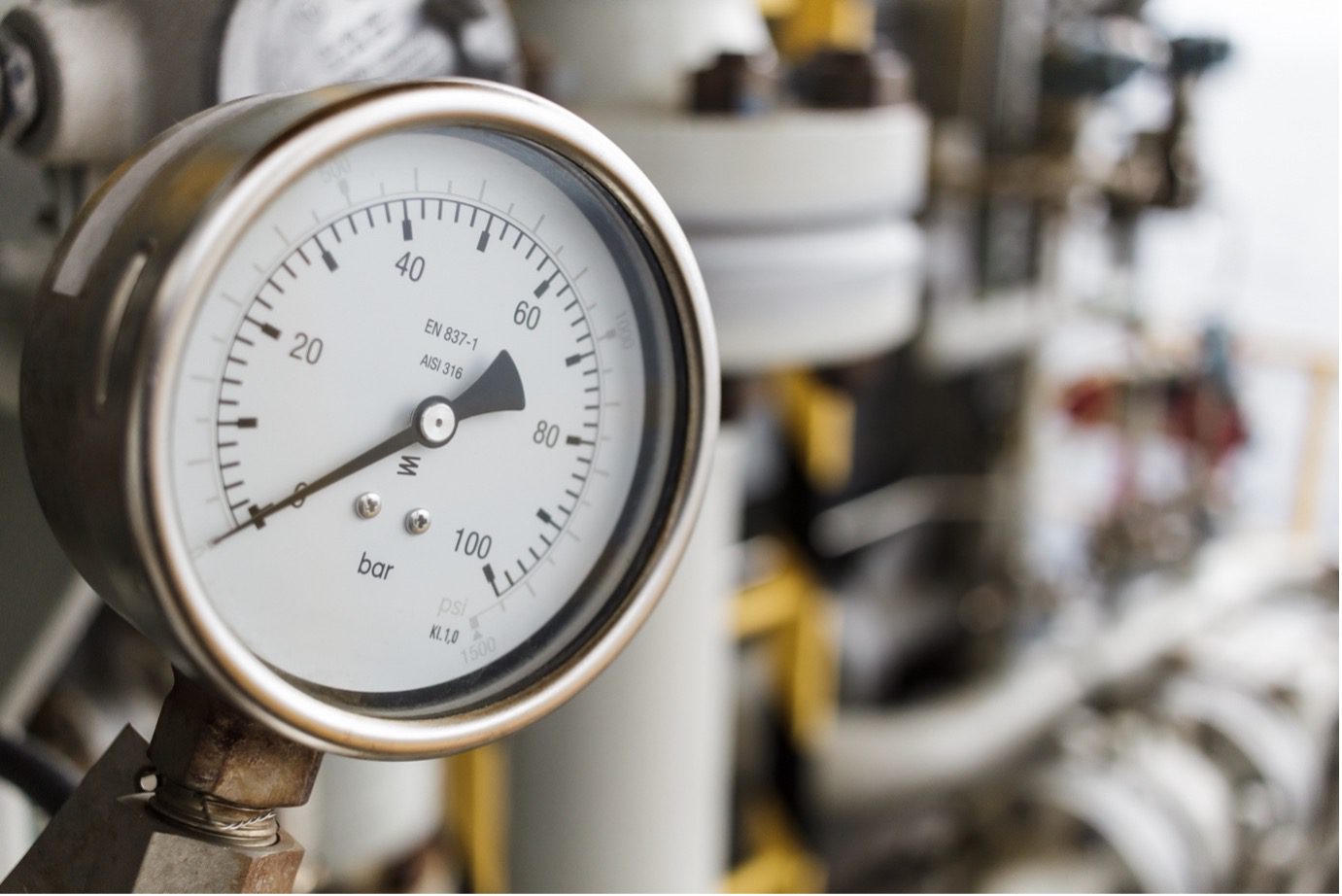
The measurement of pressure is vital in many industries. With its wide application and different usages, it is essential to understand how pressure is measured. There are many types of measuring devices available throughout the market, each one of which can be used for different purposes. In this article, we’ve discussed the three most popular types of gauges commonly used nowadays – differential, gauge, and absolute pressure measurement systems and explain the differences between these types of pressure measurements.
What Is Absolute Pressure?
Absolute pressure is the most accurate method of measuring pressure in a system. Pabs are the absolute pressure in a vacuum. It is equal to the atmospheric pressure (Patm) plus the gauge pressure (Pg). It’s not affected by temperature or other conditions. It’s also used in high-accuracy vacuum measurements, such as in scientific labs and industrial processes.
What Is Gauge Pressure?
The gauge pressure is a pressure measurement that measures the difference between the atmospheric pressure and the absolute pressure. It measures how much atmospheric pressure is present at sea level; this can also be used to measure atmospheric changes. So, it’s a very important measurement, especially when it comes to weather conditions.
What is Differential pressure?
Differential pressure is a measurement of the pressure difference between two points. It is often used to measure the pressure within a closed system, where it may be used to calculate the pressure of one point relative to another.
In industrial process systems, differential pressures are used to control the flow of liquids and gases. The two inlet ports are connected to a pump or other device that can supply liquid or gas at different rates. The operator or control system senses the differential pressure between these two ports and controls how much liquid or gas flows into each outlet port.
Difference between Absolute, Gauge, and Differential Pressure Gauges
Absolute pressure, gauge pressure, and differential pressure are all ways to measure the pressure of a fluid. They are used in different circumstances and can be defined in different ways, but they are all ways of measuring the same thing: the pressure that a fluid exerts on its surroundings. The difference between absolute pressure, gauge pressure, and differential pressure is in how they are measured.
Absolute pressure gauges measure the pressure of a fluid in absolute terms. Thus, they are “absolute” and can’t be affected by other variables. It’s used to measure atmospheric pressures, deep vacuum pressures, and altimeter pressures.
While Gauge pressure is measured relative to atmospheric pressure and thus can be affected by other variables such as temperature. Tire pressure and blood pressure are both examples of gauge pressures.
On the other hand, differential pressure is a measure of the change in pressure between two points in a fluid flow system. It is used in many other applications such as identifying overpressure effects, determining leaks, measuring the flow of liquids and gases, etc.
Conclusion
Though they seem similar on the surface, there are some important distinctions to be made between differential, gauge, and absolute pressure measurements. In the end, it’s probably worth reading up on each of these three pressure measurement types if you want to ensure that you’re using them correctly.
Since 1958, Mid-West Instrument has been a leading global manufacturer of differential pressure gauges, transmitters, and switches. Our company is family owned and operated from our facility located in Sterling Heights, MI.
Our state-of-the-art factory is equipped the latest CNC machine tool technology, test equipment, calibrations standards, and oxygen clean room. This allows us to maintain precise tolerances and product quality with the shortest lead times in the industry.
Contact our experienced professionals or visit our website to learn which differential pressure instrument best fits your application.

